Nationality , Australian Name Bertram Mackennal | Known for Sculpture | |
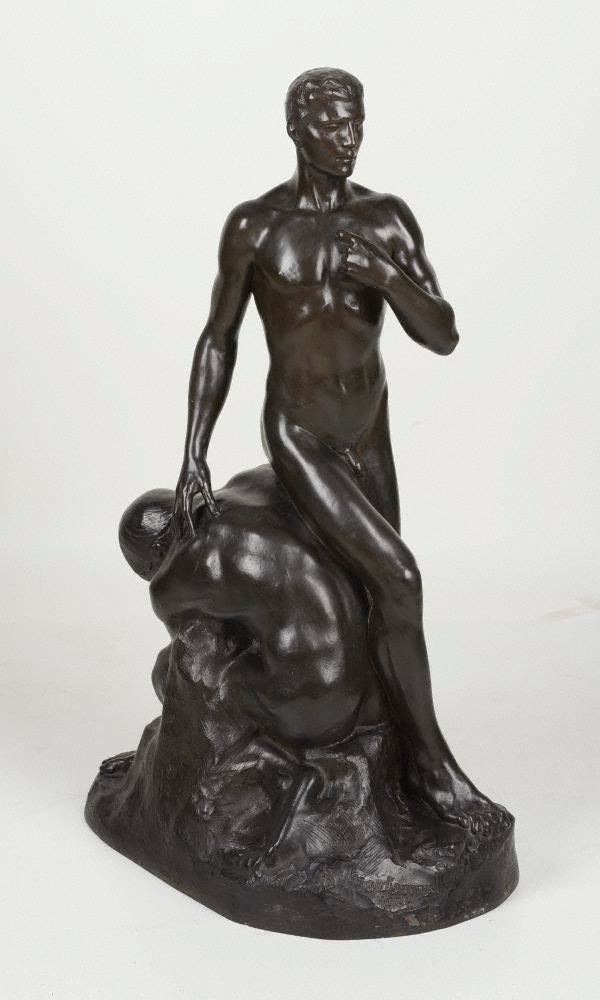 | ||
Full Name Edgar Bertram Mackennal Awards Knight Commander of the Royal Victorian Order in 1921 Education | ||
Ngv extra bertram mackennal the artist
Sir Edgar Bertram Mackennal (12 June 1863 – 10 October 1931), usually known as Bertram Mackennal, was an Australian sculptor, most famous for designing the coinage and stamps bearing the likeness of George V. He signed his work "BM".
Contents
- Ngv extra bertram mackennal the artist
- 37 28950 bertram mackennal miss grace dunham 1896
- Early life
- Career
- Late life
- Selected works
- References
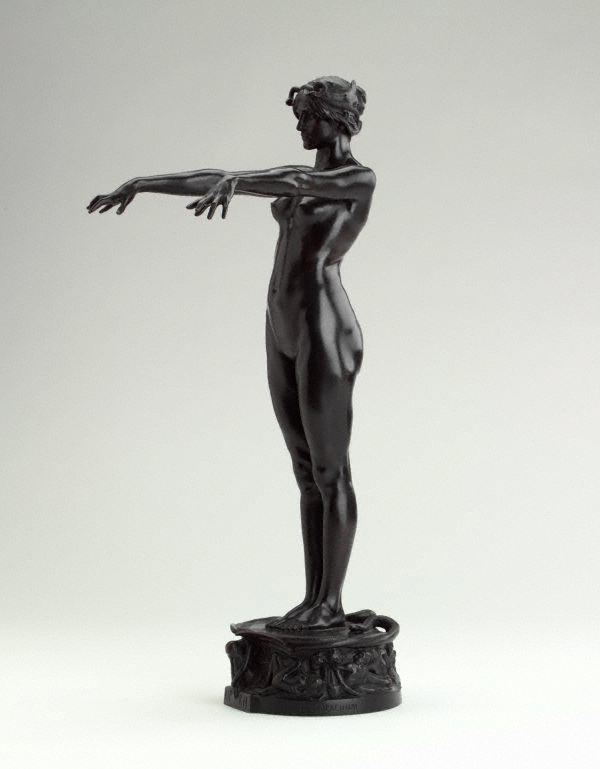
37 28950 bertram mackennal miss grace dunham 1896
Early life
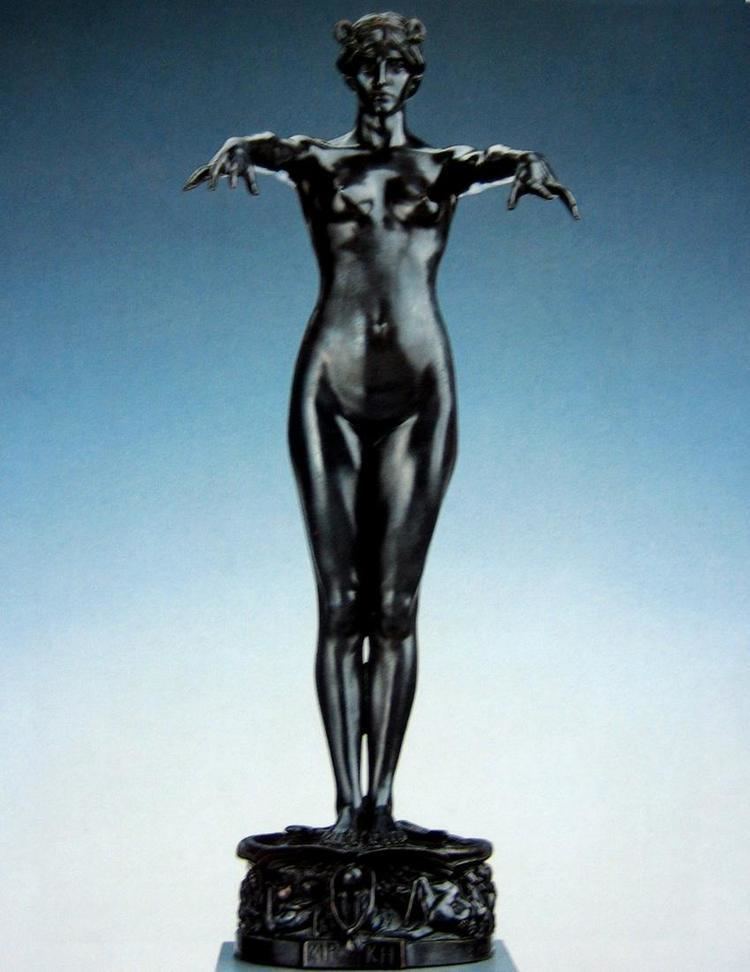
Bertram Mackennal was born in Fitzroy, Victoria, a suburb of Melbourne, the second son of parents who were both of Scottish descent. His mother was Annabella, née Hyde, and his father was John Simpson Mackennal, a sculptor. John Mackennal provided Bertram his early training which was followed by studies at the school of design at the Melbourne National Gallery which he attended from 1878 to 1882. Marshall Wood, a visiting English sculptor, advised him to go Europe and promised employment. Mackennal left for London in 1882 to study at the National Gallery Schools, discovered Wood had died and shared a studio with Charles Douglas Richardson and Tom Roberts. In 1884 he visited Paris for further study and married a fellow student, Agnes Spooner.
Career
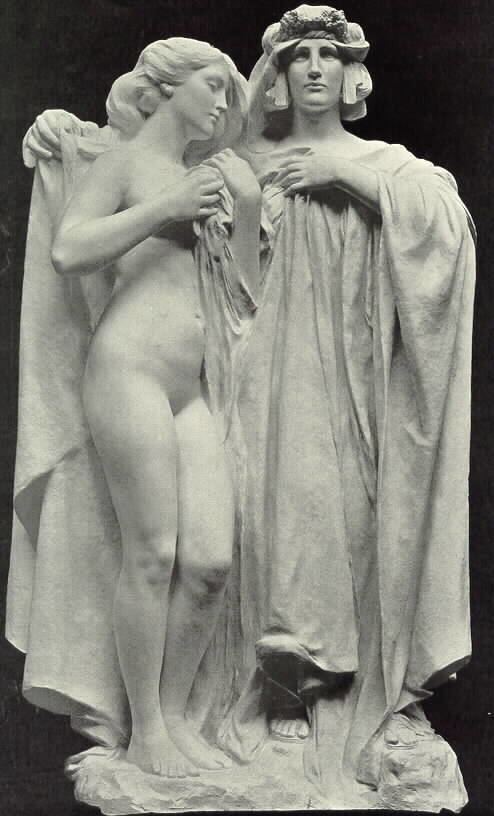
On returning to England, Mackennal was appointed head of modelling and design at the Coalport Potteries, Shropshire early in 1886. In the same year he won a competition for the sculptured reliefs on the front of Parliament House, Melbourne, and returned to Australia in 1887 to execute these.
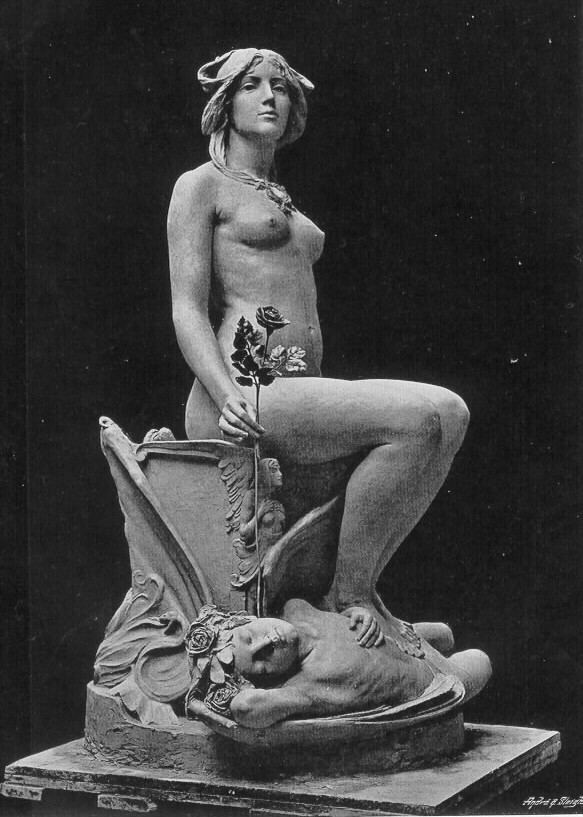
While in Australia, Mackennal obtained other commissions, including the figure over the doorway of Mercantile Chambers, Collins Street, Melbourne. Mackennal also met the visiting Sarah Bernhardt who strongly advised him to leave Australia and return to Paris. Mackennal borrowed money from Frank Stuart and arrived in Paris in 1891. La Tete d'une Saint (Head of a Saint) 1892 was produced soon after his arrival in Paris. Head of a Saint features a contemporary modern woman, with elaborate lilies. The marble version of Head of a Saint was included in the Paris Salon of 1892, with a single bronze version known to also exist. In 1892, the Argus reported that the 'relief in marble, for its size, is the best thing of its kind in the Salon.' In 1893 he had his first success when his full-length figure "Circe", now at the National Gallery of Victoria, obtained a "mention" at the Old Salon and created a good deal of interest. It was exhibited later at the Royal Academy of Arts where it also aroused great interest, partly because of the prudery of the hanging committee which insisted that the base should be covered. He was the first Australian to exhibit at the Royal Academy. Commissions began flowing in, among them being the figures "Oceana" and "Grief" for the Union Club, Sydney. Two Melbourne commissions brought him to Australia again in 1901: the memorial to Sir William Clarke, 1st Baronet at the Treasury Gardens, Melbourne, and the sculptures for the Springthorpe Memorial in Kew.
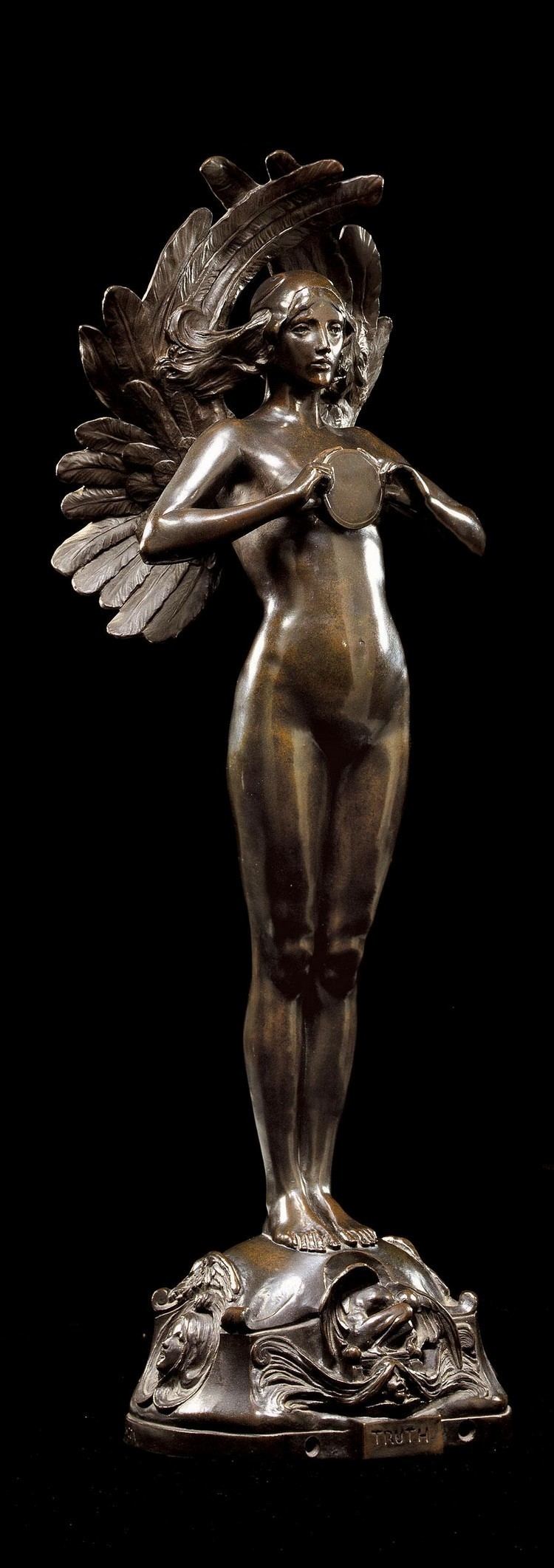
Mackennal returned to London, and among his works of this period were the fine pediment for the local government board office at Westminster, a Boer War memorial for Islington, and statues of Queen Victoria for Ballarat, Lahore, and Blackburn. In 1907 his marble group "The Earth and the Elements" was purchased for the National Gallery of British Art under the Chantrey Bequest, and in 1908 his "Diana Wounded" was also bought for the nation. This dual success brought Mackennal into great prominence, and he was elected an associate of the Royal Academy in 1909, the first Australian accorded this honour. He also designed the medals for the 1908 London Olympic Games.

In 1910 Mackennal designed the Coronation Medal for King George V and also won the important commission for the obverse design (the monarch's head) of the new coinage needed for the new reign from 1911, from which he developed the new design for the King's head on British postage stamps. This is certainly his most enduring design. His initials, B.M., can be seen on the truncation of the King's neck on the obverse of all British coins of George V. His next important work was the memorial to Thomas Gainsborough at Sudbury, which was followed by the memorial tomb of King Edward VII at St. George's Chapel, Windsor. Mackennal also sculpted statues of King Edward VII for London, Melbourne, Calcutta and Adelaide.
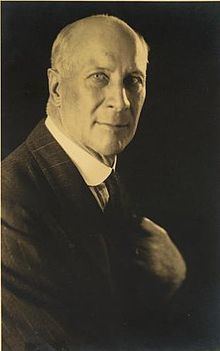
Mackennal was the first Australian artist to be knighted. He was created a Knight Commander of the Victorian Order in 1921 by H.M. King George V on the occasion of the unveiling of the London equestrian statue of King Edward VII. He was elected R.A. in 1922.
Late life

Among Mackennal's later works were the nude male figure for the Eton War Memorial, the Parliamentary War Memorial to the members of both houses of parliament in London, the figures of the soldier and the sailor for the cenotaph in Martin Place, Sydney, the bronze statue of King George V at Old Parliament House, Canberra, and the head of "Victory", presented to the Commonwealth by the artist, also at Canberra. He completed the Desert Mounted Corps memorial at the Suez Canal from the designs of Charles Web Gilbert a little while before his death. Sir Bertram Mackennal died suddenly from rupture of abdominal aneurysm at his house, Watcombe Hall, near Torquay, Devon on 10 October 1931; he was survived by Lady Mackennal and a daughter.
